It was during a health retreat in France last year that I first got introduced to the concept of derivative bath (bains dérivatifs in French).
A young man shared with me that he would use this technique to recover quicker from hangovers when he would party with his friends and had a tad too much to drink. He said he experienced an immediate feeling of well-being.
At first I rolled my eyes and thought… ‘what a weird thing to do’ – Who would sit on the toilet and pour cold water on their genitals after partying – and then talk about it to someone they just met?
But then I kept hearing stories of how people used this method to lower inflammation and drastically improve symptoms that were plaguing them for years.
I tried for myself and was astonished to feel detox symptoms after only 24hrs of trying this free, simple method.
What are derivative baths
A Derivative bath is a cold-water hydrotherapy method that is meant to improve detoxification functions of the body.
The concept of derivative baths were first introduced as ‘Sitz bath’ (or ‘Hip baths’) by German naturopath Louis Khune in the 19th century, to help purge the body of accumulated toxins in diverse tissues and organs.
100 years later, this concept was introduced again by France Guillain, a French nutritionist who dedicated her life’s work to popularizing this revolutionary method.
Derivative baths are an ancient technique which consists of refreshing the perineum to help the motility of the intestines, the fascia, and all membranes which all our organs and muscles are covered with.
Derivative baths bring all the accumulation of toxic by-products and foreign substances out of the body towards the eliminatory channels.
It is an amazing (and free) tool to reduce inflammation in the body with great success. They can be used for nearly everyone who wants to improve their health.
Why refreshing the perineum?
France Guillain explains in her book, Le bain Dérivatif, that humans in their natural state, living in tropical regions, would walk a lot during the day and wear minimal clothing. The action of walking in a warm climate would create sweat, that would drop near the groin folds and refresh the perineum naturally.
Animals also do that naturally all day by licking their genitals and or sitting on cold floors.
Unfortunately, our modern way of living has us sit all day in tight clothing, in often over-heated rooms, keeping our genitals constantly warm and preventing this natural detoxification process to take place.
Introducing derivative baths can be an amazing way to trigger a natural detox reaction to free ourselves from the constant toxins we are exposed too.
The conditions Derivative Baths can help with
France Guillain has had over 20 years of experience of working with people on this method and she gathered all the conditions that she has seen this method help improve. (Check her book for more details and testimonials from people whose life has been changed by this method, it’s quite impressive!)
Here is a non-exhaustive list of the conditions Derivative baths can help with:
Tinnitus, acne, seasonal allergies, strep throat, appetite, osteoarthritis, asthma, cellulite, hair, fatigue, fever, constipation, stiffness, pain, RA, addiction, eczema, psoriasis, MS, cold or hot extremities, fibromyalgia, skin rashes, memory, menopause, weight gain, weight loss, PMS…
Derivate baths can help with virtually everything, since it facilitates detoxification of toxins stored in our tissues and internal organs.
The most impressive testimonies I’ve seen has been of people suffering from rheumatoid arthritis (RA). The derivative bath has worked INCREDIBLY to help them get rid of their symptoms.
If you speak French, check out the incredible testimony of Deborah Ply, a French woman who suffered from Ankylosing spondylitis (AS) for 15 years (AS is a type of arthritis in which there is a long-term inflammation of the joints of the spine). She started eating whole foods and doing the Derivative baths everyday. For 4 months, her pain got worse. But she kept going. 6 months later (10 months after she started), her pain was completely gone. She was healed. You can read more about her story here.
How to do Derivative Baths at home
There are 2 ways to practice Derivative Baths at home:
• Using fresh water and pouring it slowly down the perineum area, while keeping the rest of your body warm.
This is the traditional method. You can do this over a bidet, or on a toilet and use a little bucket with water in which you soak a washcloth. Wring it out a little and let some water fall down your groin folds so that it wets your genitals until your anus. Do this for 10 min, 3 times a day.
Honestly, I have tried it and I didn’t continue longer than 2 days – it’s a bit of a hassle, and you risk splashing water everywhere. I did find this little portable bidet to position on top of the toilet seat, that could make the experience easier. I haven’t tried it, but let me know if you do!
• Placing a cold pad on the perineum and wearing it during the day
This is the modernized version of the derivative bath method – which makes it SUPER easy to do, and much more time convenient since you get on with your life while doing the derivative bath.
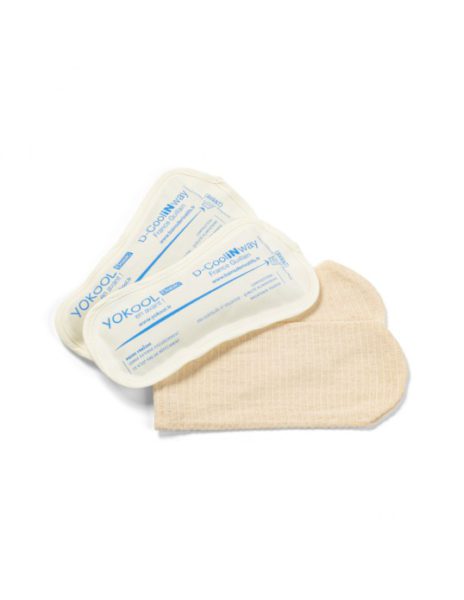
The cold pouch France Guillain recommends is this one – the one I tried and am very happy with. I suggest you starting with the basic pack, making sure you get those washable beige cotton covers to keep it hygienic.
Place the pads in the freezer and wait at least 1h to try one on. Once it’s cold, insert the pads in the cotton cover and place in your underwear.
A few things to bare in mind:
*the pads shouldn’t be too cold. More is not always better. You want a soft freshness down there, not burning yourself from the cold. The whole derivative bath experience should feel nice and fresh. If it’s too cold, either wait a little or add an extra layer of cotton cover over it.
*It is important to keep the rest of the body warm. You shouldn’t be cold doing a derivative bath.
Are there any side effects?
Not any dangerous ones, this method is gentle and safe if done properly.
The first thing you might notice is an increase in stool volume (I know, super glam), meaning that the fascia (membrane that surrounds all organs and muscles in the body and where fat is stored) is activated, and thus putting back toxins into circulation to be later on expelled from the body – generally through the intestines.
You might also feel some detox symptoms, like a temporary fatigue, headaches, a temporary rise in symptoms and a bloated belly. All these should disappear within the first week of doing the derivative baths.
Most people will also notice a slimmer waist line, while weighing more on the scale. That’s because derivative baths increase bone density.
How often should you do it?
Who shouldn’t do Derivative baths?
Since Derivative baths help expel foreign compounds from the body, there are some contraindications, especially when done with the water technique:
* anyone who has had a foreign substance in their body (if you are coming out of surgery or had anything implanted in your body: pace-maker, pin, screws, dental or breast implants, botox, organ or corneal transplant).
* anyone in a terminal illness who is experiencing high levels of fatigue.
My tips to make it a successful experience
If I had one tip for you, it’d be this one: start slow.
Why? Because despite its apparent simplicity, this technique is a powerful detoxification tool. I wore the cold pouch for only 30 minutes the first day, and for 48hrs my belly bloated like crazy (which seems to be a common reaction at the beginning, indicating that the toxins are brought back into circulation).
The second time I tried, my legs got weaker than they normally feel. It’s apparently normal as derivative baths can sometimes expose weaknesses before helping your body heal them.
It also works great to relieve constipation – you might want to be close to toilets when you do it 😊
So – start slow and build your way up. Start with 30 min the first day, then work your way up until you can wear the pads all the time, even at night, when you’re at home.
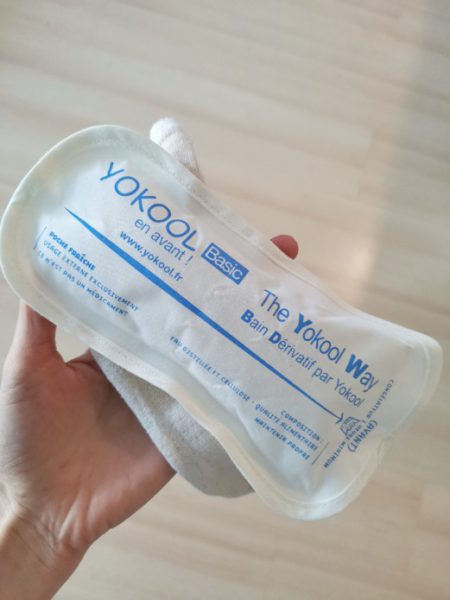

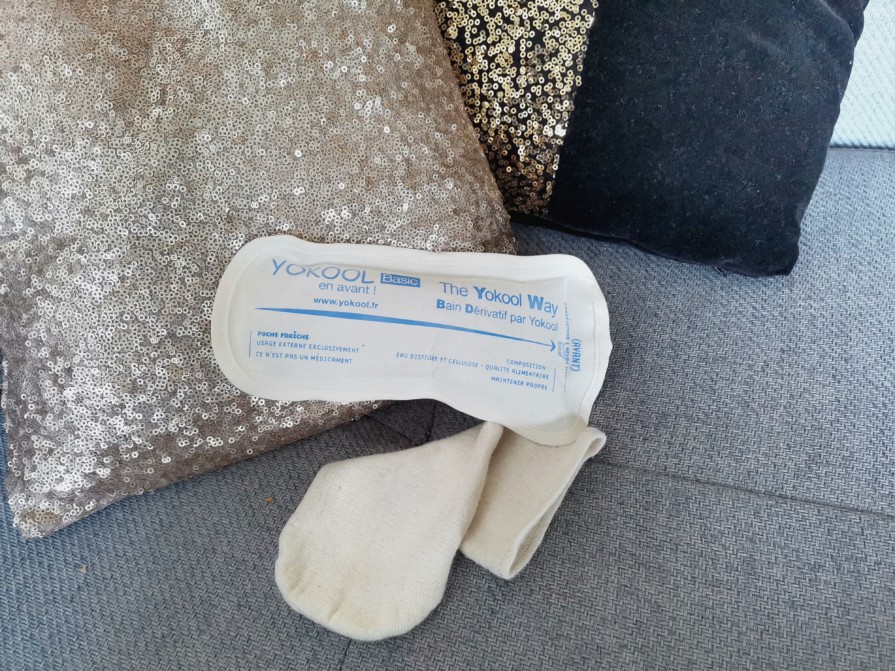






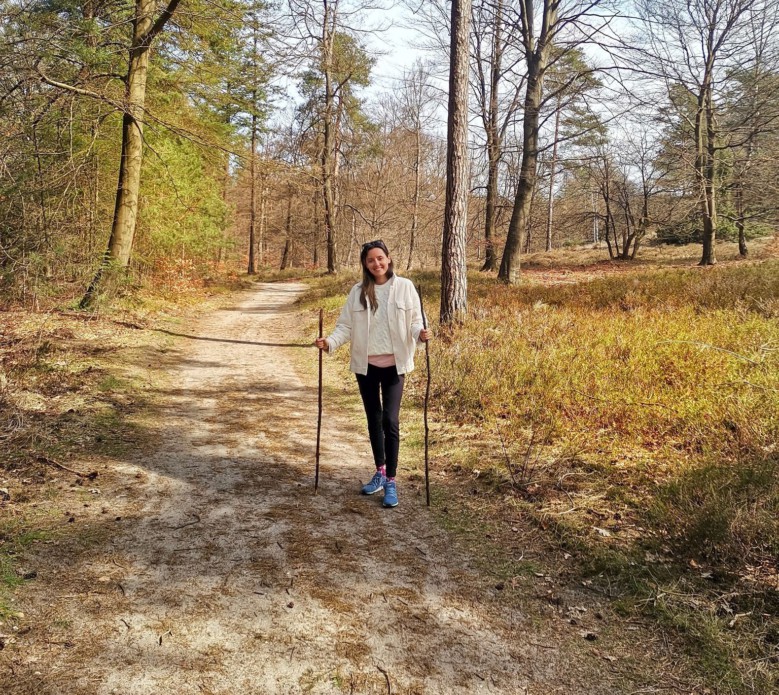


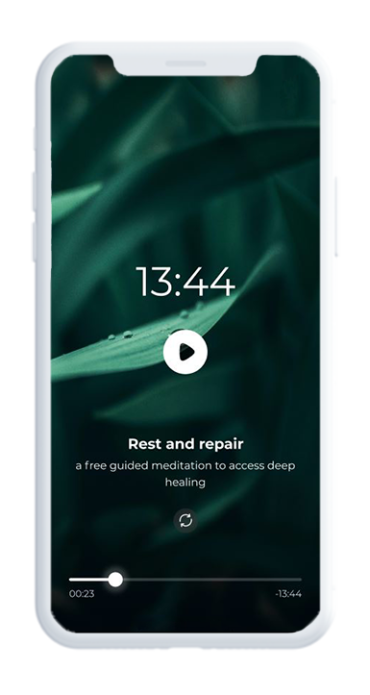
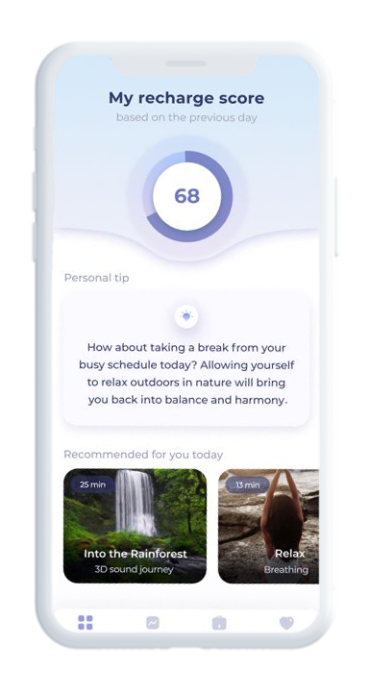
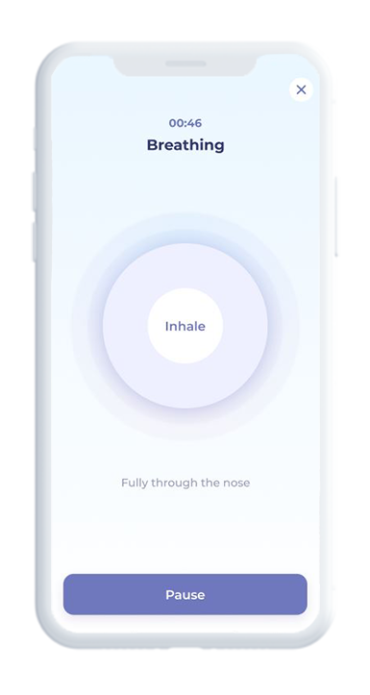
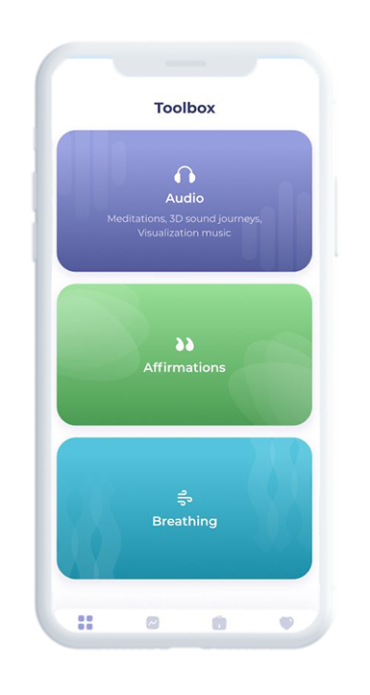
18 Comments on “Everything you need to know about derivative baths”
Very thorough, Julie— thank you! I am excited to try. Can you please clarify: When you said people coming out of implant surgery shouldn’t get it, did you mean immediately after surgery, or *ever*? I have several metal implants from a car crash a few years ago. I hope enough time has passed that I can do the DB.
Hi! In her book, France Guillain explains that the method can be so detoxifying that it can trigger the body to dislodge implants. She mentions that the water technique (in the toilets or on a bidet) should be avoided when having implants, as it is too strong. The technique with the cold pads can be done however, as it’s not more dangerous than sitting on a cold surface on a summer day. But be careful, it’s still a strong detox tool – I’d start very slow and build my way up, seeing how your body reacts.
Julie thank you for this detailed explanation! I have been reading up and there are not a ton of resources online so this is just what I needed. I read about splashing water while on the toilet – I literally cannot understand how this works. You can’t really do it in a bathtub because you need to be warm, correct? Do you sit on the toilet with your vagina facing the front of the toilet or the back? If you sit like how one regularly sits on the toilet, you can’t really get the water to your genitals. I have a bidet, so would I just keep the water on the cold setting and lean forward so the water hits my vagina? Where exactly does the water need to hit – your anus? all over your lower region? The front of your genitals? Thank you so much I can’t believe I just asked all of this on a public forum!
Haha, that’s okay, we’re here to heal, there are no weird questions! 😀 A bath wouldn’t work, as indeed you need to have only your genitals in fresh water, and the rest of your body warm. If you have a bidet, as that’s how our grandparents used to do it (it was a popular practice then), you can sit on it and gently use your hand to bring some water down your genital area. The water should go from your vagina until your anus, on the perineum area. The water should be fresh, but not ice cold. Make sure the rest of your body is warm, with extra clothing if necessary. You shouldn’t feel cold at all doing this.
Thanks Julie. You’ve provided some clarifying info to my research on derivative baths. I’ve found this intriguing description that offers some suggestions on how to do this ancient method with modern tools other than the pads.
https://forums.phoenixrising.me/threads/bains-derivatifs-cold-water-therapy.15574/
In the pads, is there only water or are there also other ingredients added?
The composition is written on the pads on the photo and on Yokool website: distilled water and cellulose
Hi Julie,
Thanks a million for this article! Since I’m German I have heard about sit baths, but never cold. I have one question: I have sufferend from bladder infections recently. Is it still a good thing to do or could it maybe trigger that again? Do you have any experience with that or maybe someone else?
Love and light, Susanne
You’re welcome! When I first started doing the derivative baths, I experienced UTI sensations. It was just temporary though and I think it was due to toxins passing through the urethra. See how you feel, and go slow!
Hi Julie, thanks so much for all the information. I started the derivative baths 1 week ago and I definitely felt a lot of symptoms. Its getting better, but my face is still swollen and puffy. Do I need to take binders, like chlorella, to flush it all out? Thanks for any advice 🙂
Yes, taking binders could be a very good idea! The author recommends to take clay while doing the derivative baths, but there are many other binders that work as well. Have a look at the blog posts Amy and I wrote on binders on this blog – they could help you out. Best, Julie
Hi there do you know where Canadians can get the Yokool or similar product?
Hi Julie! Is this save for women in their first trimester of pregnancy? Thanks!
As a Registered Nurse in the obstetric areas I would recommend waiting until you have recovered from your post-partum period and after weaning if you choose to breast feed.
Hey… i have fq. Can i use it although i have dental implants? Is it risky like can it make me worse?! Anything Else to Consider like drinking more?
Weird quesrion maybe but could i make them diy, with regular icepads
Hi Julie,
Thank you for this informative piece!
Do you recommend the pads during pregnancy? I’m wondering if this would help my varicose veins and leg circulation issues I’m having.
I have discover this methode and i ‘ m yousing it for mig arthrite. Thank you very mutch.